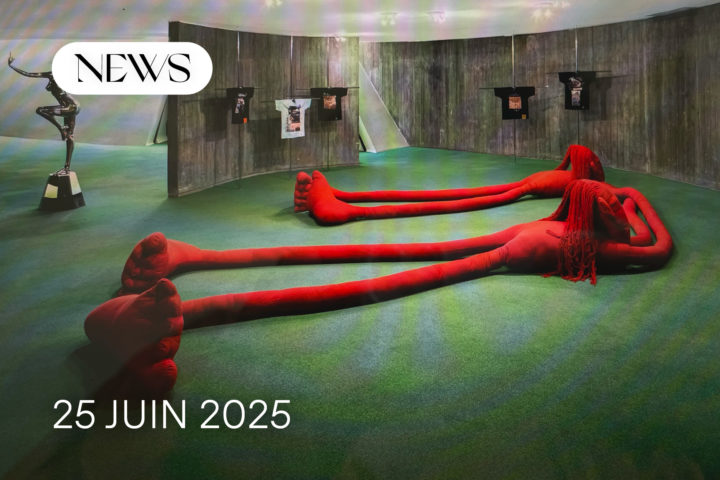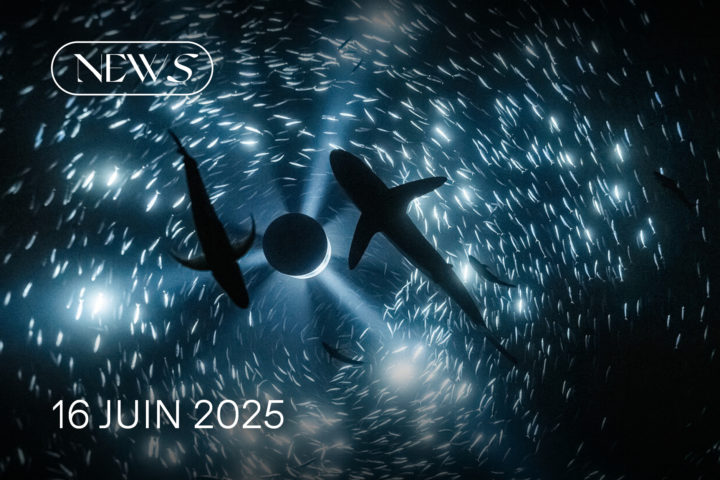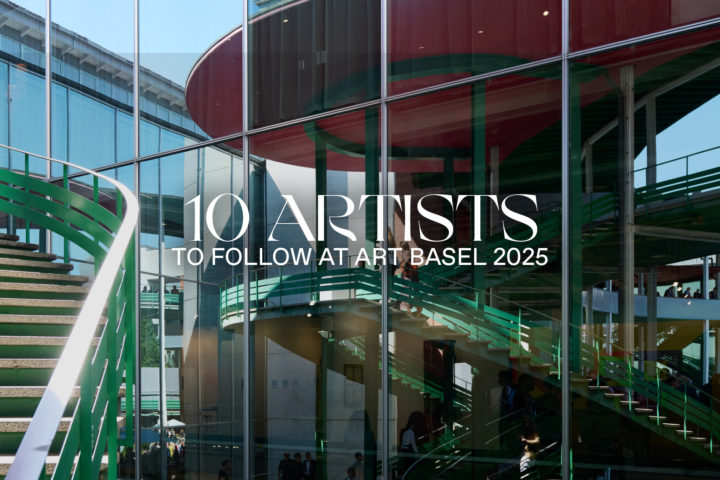CURATOR’S PICK
↘ VERE VAN GOOL
Vere van Gool works with leading cultural institutions and museums across the world, curating forward-thinking projects at the intersection of art, theory and spatial practice. Currently as Head of Communication and Engagement at Mudam Luxembourg – Musée d’Art Moderne Grand-Duc Jean, she oversees public engagement and communication initiatives. Vere has previously worked at the New Museum, Harvard University, Forensic Architecture, Het Nieuwe Instituut, and Vogue among others. She has lectured at the Gwangju Biennale, MIT, Cooper Union, Columbia University, and Storefront for Art and Architecture. Her writing is published internationally.
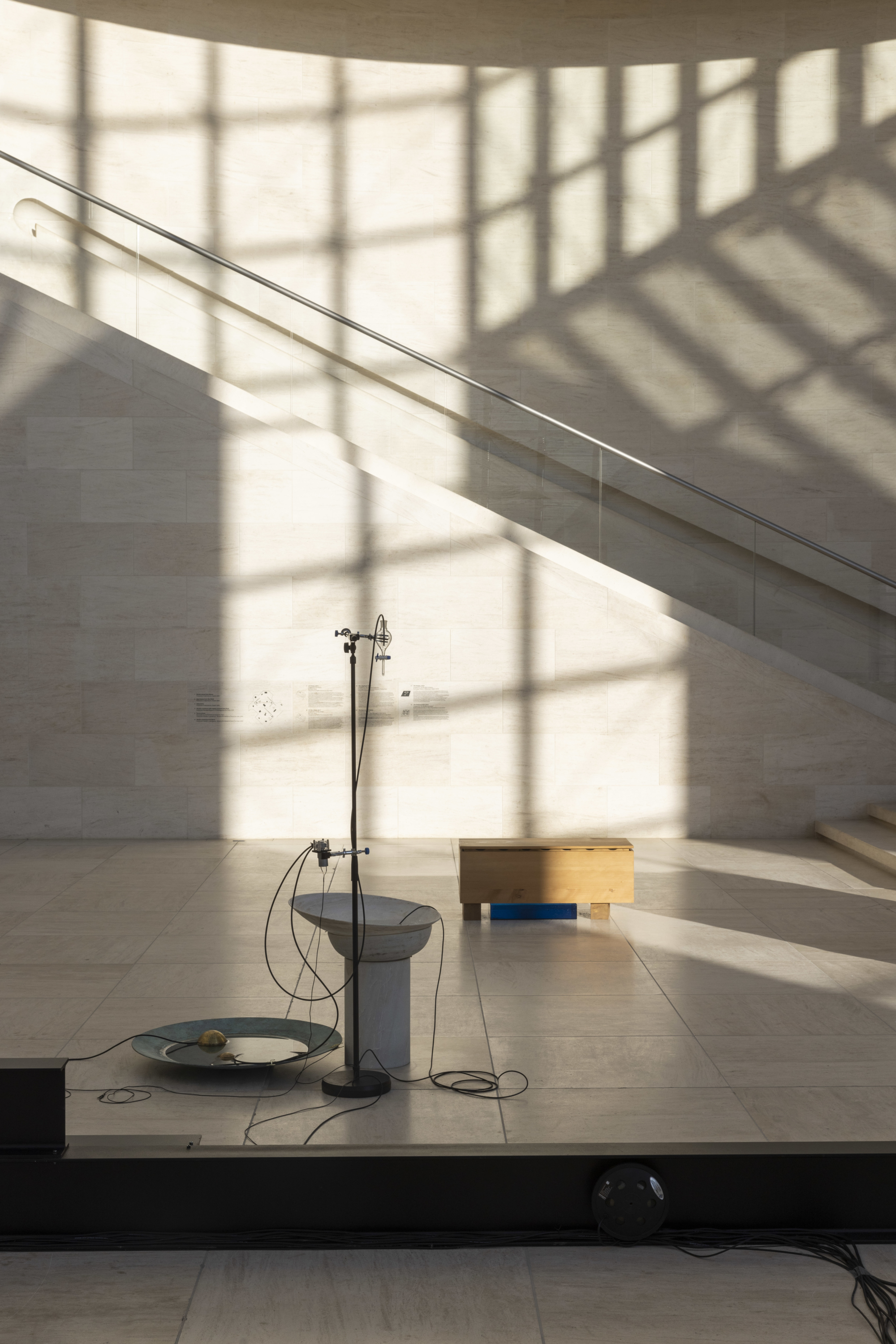 1. Mudam Luxembourg – Musée d’Art Moderne Grand-Duc Jean
1. Mudam Luxembourg – Musée d’Art Moderne Grand-Duc Jean
Mudam Luxembourg plays a pivotal role in shaping contemporary discourse in a country with limited modern art institutions. Designed by Ieoh Ming Pei, the museum presents a rigorous program featuring artists like Rayyane Tabet, Sin Wai Kin, Cosima von Bonin, Lawrence Abu Hamdan, and Jason Dodge, alongside an active publishing and engagement program. As Head of Communication and Engagement, I work closely with Mudam’s director, Bettina Steinbrügge, to shape the museum’s future and expand its role as a site for intellectual and artistic exchange. Since joining in 2023, it has been thrilling to witness Mudam evolve as a space for critical dialogue and public engagement, increasingly recognized as a key institution within Europe’s contemporary art landscape.

2. Hartwig Amsterdam
Based in Amsterdam, the Hartwig Art Foundation prioritizes artistic production over collection-building, commissioning works that critically engage with contemporary social and political issues. Recent projects include Wu Tsang’s reinterpretation of Carmen, Julien Creuzet’s Algorithm ocean true blood moves, and Tarek Atoui’s exploration of sound and materiality. As it prepares to open a new contemporary art museum under the leadership of Beatrix Ruf, its current itinerant programs are key to redefining institutional models in Europe.
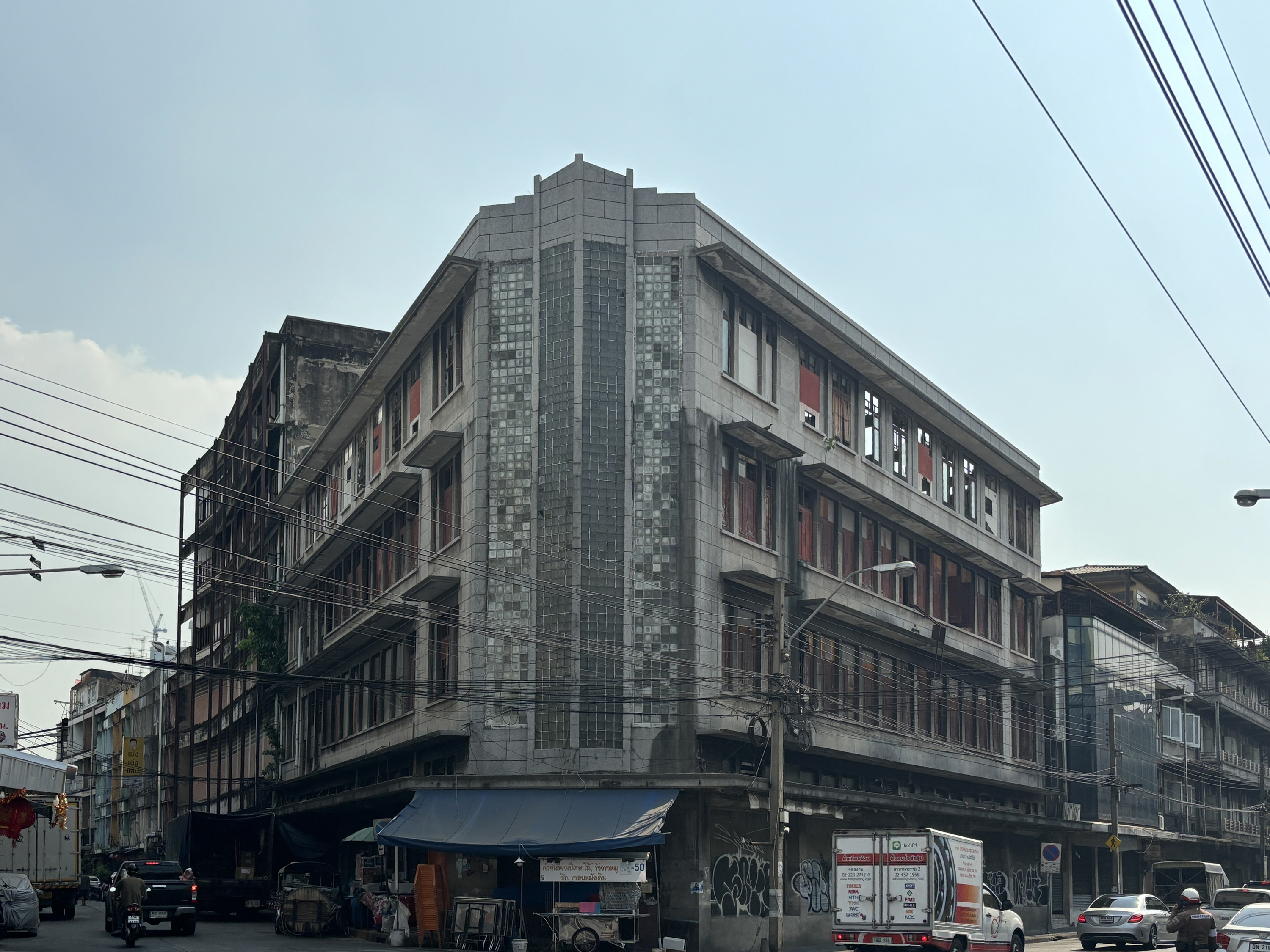
3. Bangkok Kunsthalle
Having worked extensively on Asia programs during my time at the New Museum, it’s exciting to see how the Bangkok Kunsthalle challenges traditional museum structures by repurposing an abandoned brutalist building into a dynamic space for contemporary art, cinema, and public programs. Since its 2024 opening, it has staged projects such as Korakrit Arunanondchai’s nostalgia for unity, a site-responsive installation reflecting on histories of urban decay and transformation, and Yoko Ono’s MEND PIECE, a participatory work engaging with collective repair. The Kunsthalle’s programming underscores the importance of adaptive cultural spaces in contexts with limited contemporary art infrastructure.
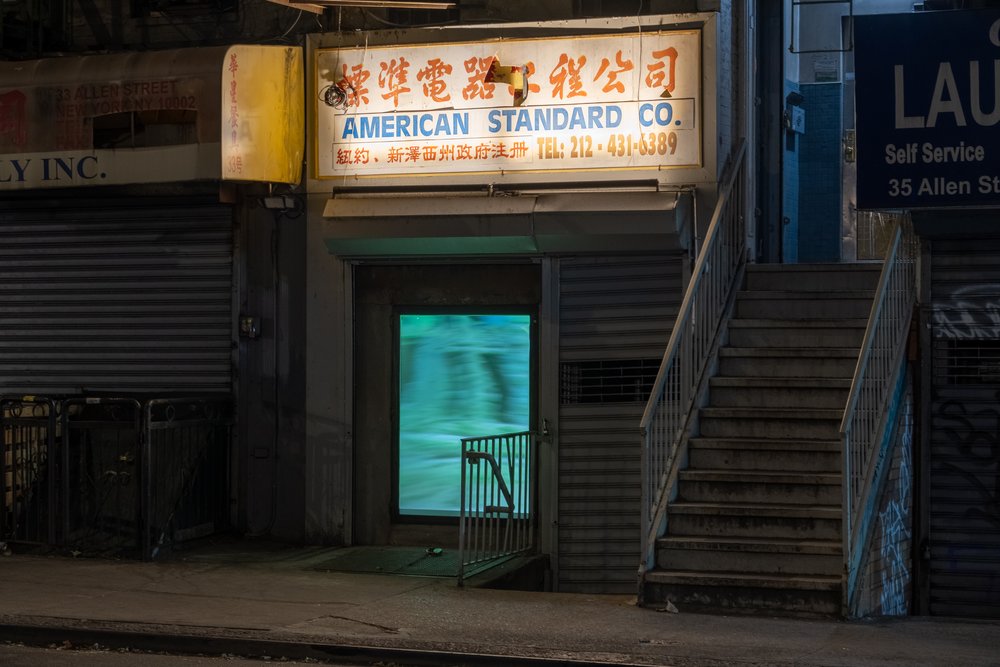
4. ASCAD New York
In 2024, I curated Out of Sync at ASCAD, a space that engages directly with New York’s public through its street-facing design. Featuring video works by Anri Sala, Cyprien Gaillard, Cecile B. Evans, and Carolee Schneemann, the exhibition explored the differentiated ways moving image constructs our perception of time, memory, and history, activating the city’s urban landscape as an extension of the work. ASCAD’s broader program reconsiders exhibition-making through its focused display model, bridging fine art, design, and historical objects, with past exhibitions featuring artists such as Elizabeth Murray, Arthur Jafa, and Richard Prince.
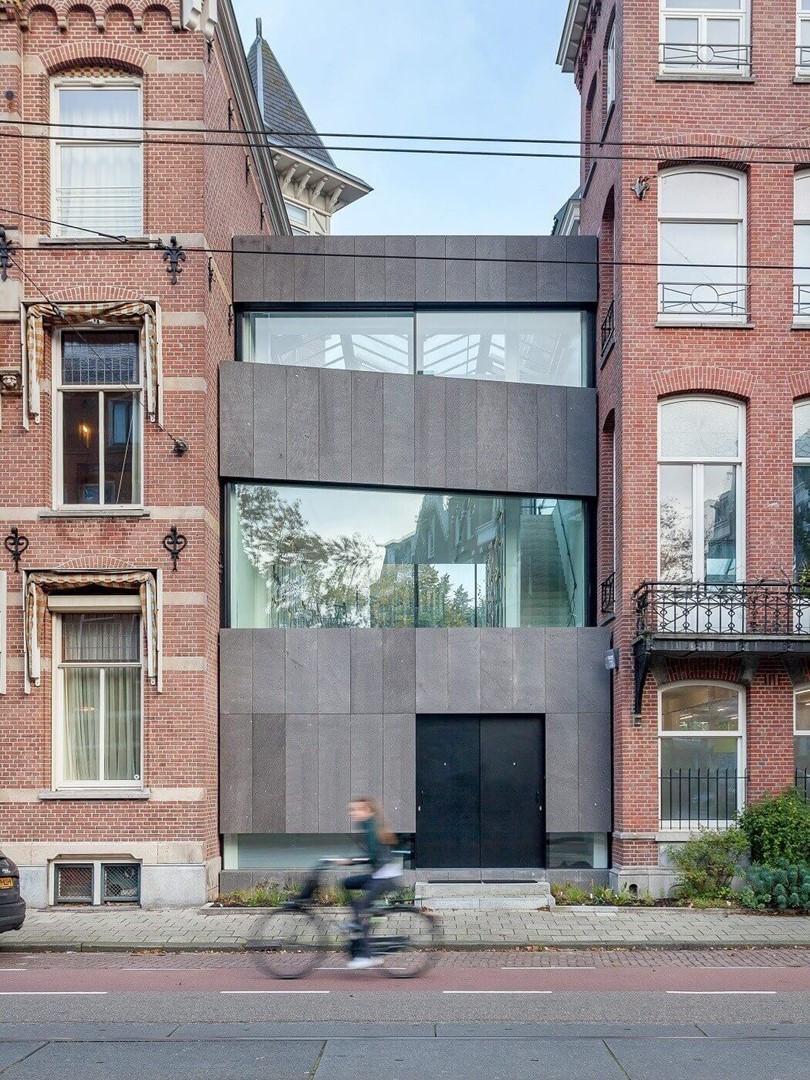
5. EENWERK Amsterdam
Growing up in Amsterdam during the decade-long renovations of the Stedelijk, van Gogh, and Rijksmuseum, I left in search of art to study in London. When I returned, a new exhibition space opened literally next door to my childhood home. EENWERK’s curatorial model is structured around the concept of exhibiting one work at a time, challenging conventional modes of display and perception. Founded by Julius Vermeulen and now championed by Irma Boom, the gallery features projects by Steve McQueen, Sheila Hicks, Thomas Demand, and Marlene Dumas, fostering a concentrated engagement with each work’s material and conceptual properties. Designed by Barend Koolhaas, the space itself reflects a commitment to clarity and precision in both architecture and artistic presentation.
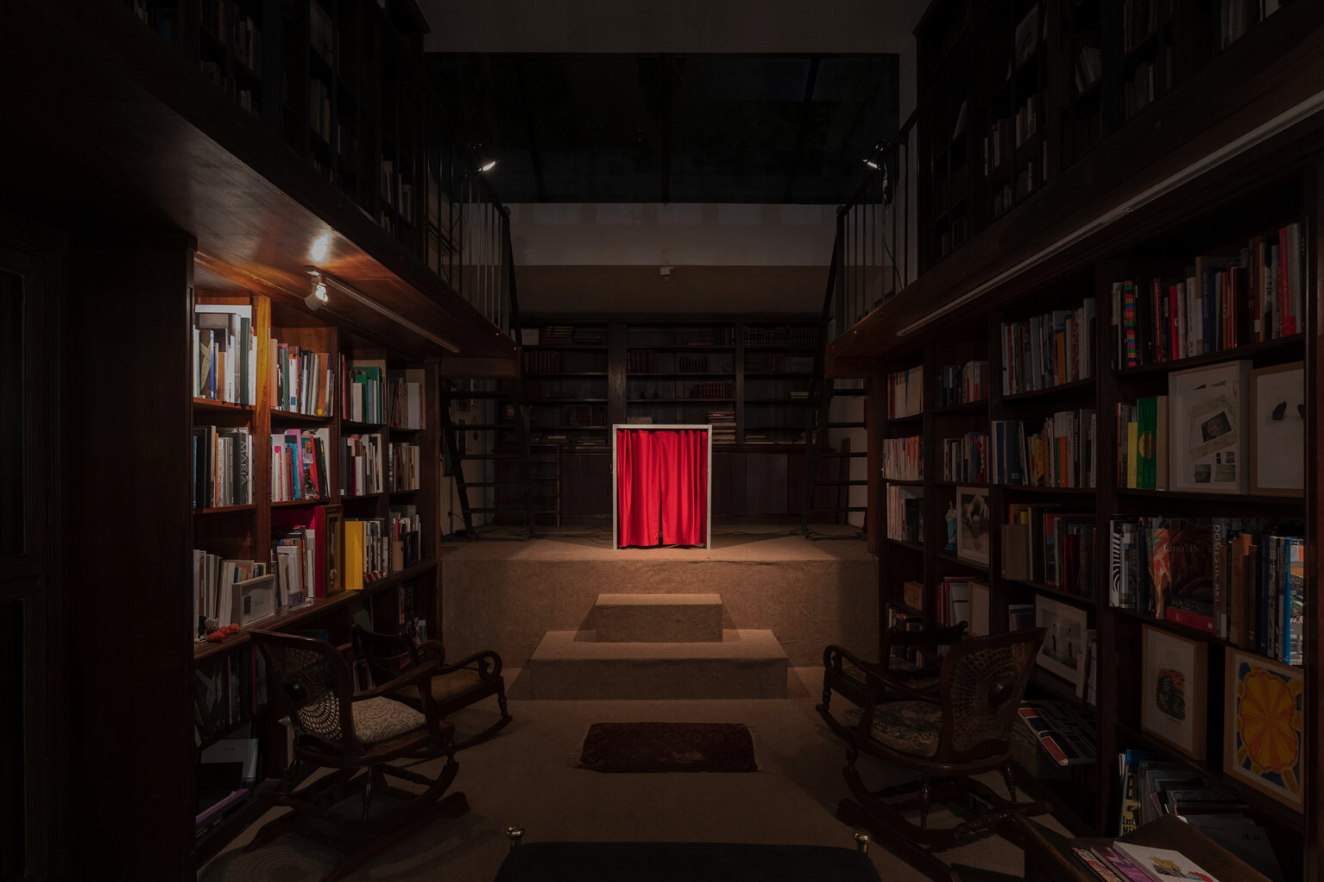
6. Auroras Brésil
In 2021, I spent about six months in Brazil and discovered Auroras, an old family home transformed into an exhibition space and research platform, emphasizing process-based and non-commercial artistic practices. When I first walked in, I met artist Tadáskía drawing directly on the walls, an encounter that encapsulated Auroras’ open-ended and experimental approach to artistic production. Founded in 2016, it has collaborated with artists such as Fernanda Gomes, Cildo Meireles, and Pablo Pijnappel, fostering discursive engagement across disciplines. Auroras’ flexible approach to programming reflects broader conversations about independent art spaces in Latin America and their role in sustaining critical artistic production.
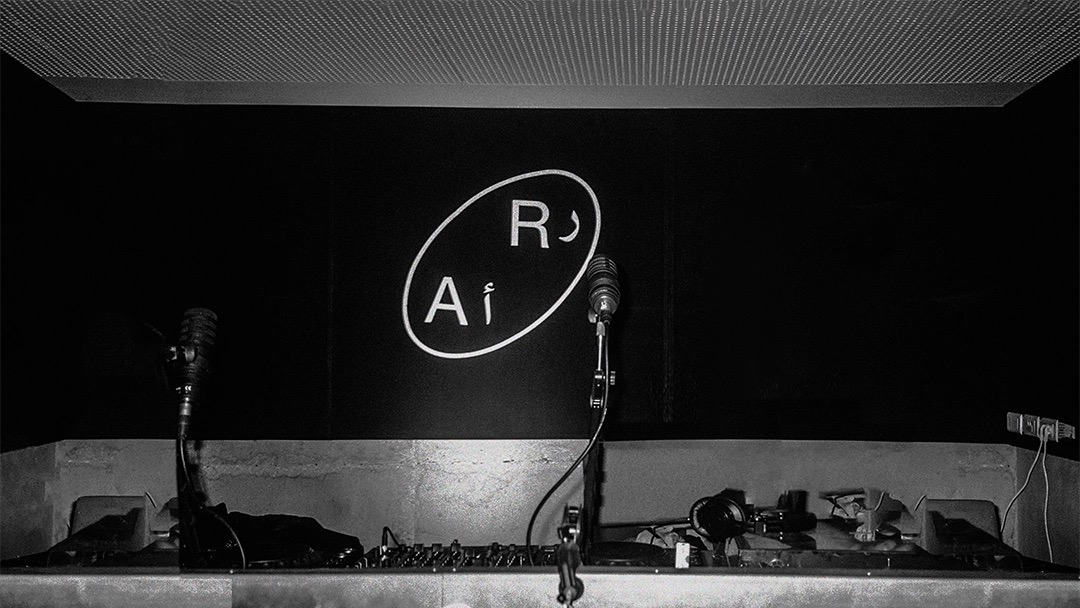
7. Radio AlHara
Radio AlHara extends the function of radio beyond music broadcasting, establishing it as a tool for collective resistance and knowledge production. At a time when not all art and culture can hold a physical space, it serves as a crucial cultural platform, creating a site for exchange beyond institutional frameworks. Through initiatives like the Sonic Liberation Front, it amplifies discourse on social and political issues, particularly in the context of Palestine. By engaging a transnational network of artists and cultural practitioners, Radio AlHara redefines the medium’s role in contemporary activism and artistic practice.
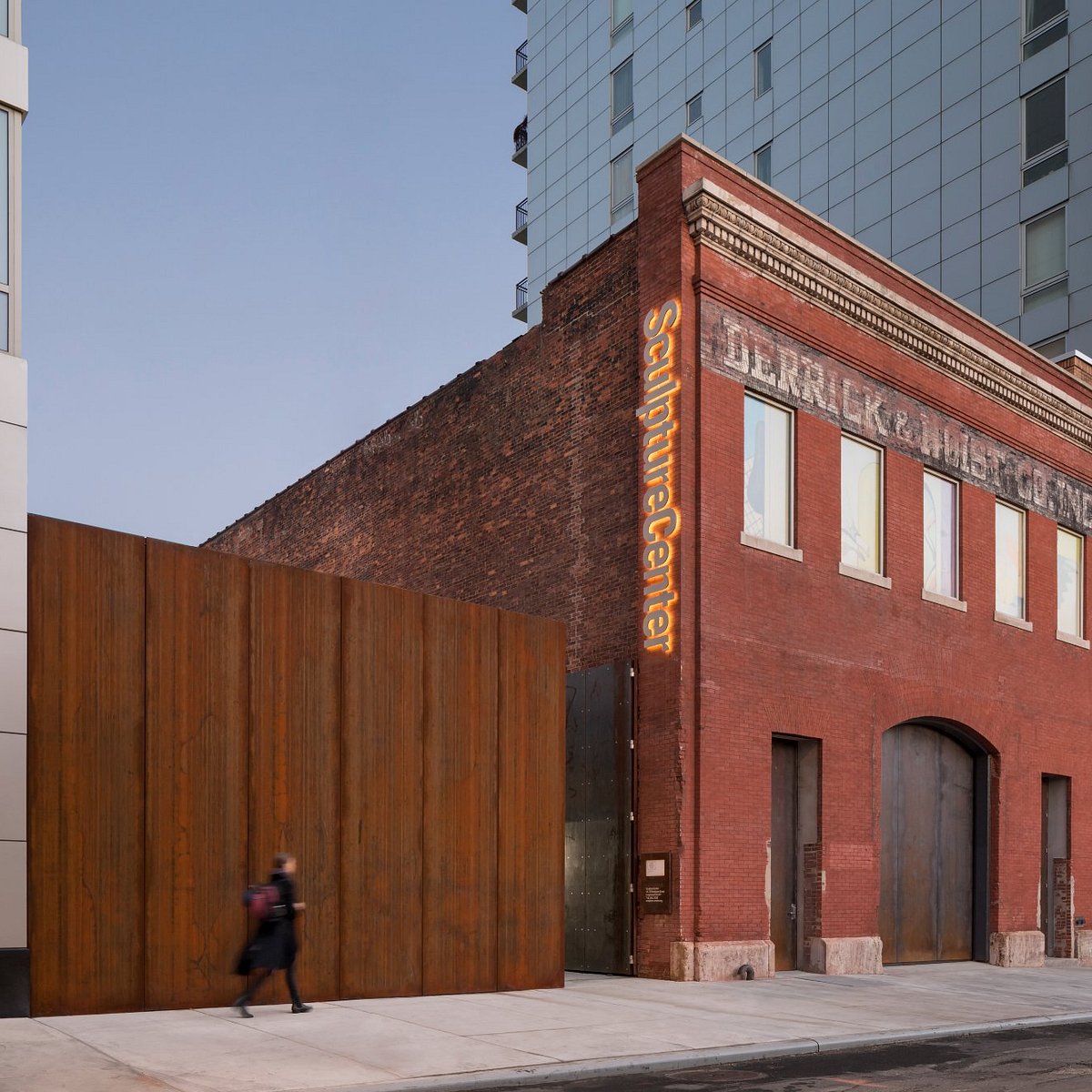
8. SculptureCenter
SculptureCenter stands as one of the few institutions fully dedicated to expanding the field of contemporary sculpture through commissions and research-driven exhibitions. Its history of supporting artists like Charlotte Prodger, Nairy Baghramian, Rashid Johnson, and Anicka Yi early on demonstrates its commitment to experimental and materially-driven practices. Even if I’m in New York for just a day, I make sure to visit.

9. Electronic Arts Intermix (EAI)
EAI, founded in 1971, is a nonprofit organization critical to the creation, exhibition, distribution, and preservation of media art. As one of the world’s leading resources for video and media art, EAI collaborates with artists, curators, and institutions to present both historical and contemporary video practices in innovative ways. In 2019, I curated an exhibition in New York featuring works by Shigeko Kubota, drawing from EAI’s extensive video art archive to explore the intersections of technology, memory, and materiality.

